I recently flew over the snow-covered mid-west to Moorhead, Minnesota, across the Red River from Fargo, North Dakota, to celebrate my daughter Elaine’s birthday. (Yes, she is a Valentine!) My son-in-law Steve, who is a lawyer in Moorhead, asked me if I would be willing to play the role of a witness in a semi-final round of the National Trial Competition, which is sponsored by the National Trial Lawyers and the Texas Young Lawyers Association to help law students develop trial advocacy skills. Teams of students from law schools across the country prepare to argue for the plaintiff or defendant in a colorful and complex case prepared by the Texas group. Local judges preside at these mock trials to identify students who have honed the best practices in litigation at this point in their young careers. This old ethicist, who never got to serve on a jury, couldn’t refuse the bait. We went over to the Cass County Courthouse in Fargo to be sorted into courtrooms for the two-hour trials.
The case arose from the electrocution death of a grain sampler at a grain elevator in “Armadillo, Lone Star,” whose brass grain sampling pole hit a power line over the tracks where the grain cars were being loaded. I was given 66 pages of depositions, exhibits, and related materials to study in order to play an expert witness whose testimony sought to exonerate the grain elevator company.
All four lawyers, representing plaintiff and defendant, were women, yet another testimony to the preponderance of women in most law school student bodies. I was struck by their professional manner, their poise, their preparation, and their knowledge of courtroom protocol and etiquette. Competition rules forbade me from knowing anything about their school or background. The other role players were in their twenties. I was the sole representative of the age cohort depicted in the case. The courtroom was small, stuffy, and hot, a strange contrast with the below-zero temperatures outside, leading me to shed several layers of outerware (one of which had to be retrieved by Steve later!). When I finally took the stand, I tried to remember my “facts” and provide a convincing cover of expertise for a world of agriculture and engineering far from my everyday world.
The case was, of course, a fabrication, complete with occasional irony and humor from its Texas authors. But the importance of the occasion was evident in the seriousness with which everyone took it. I felt like I was a real witness in a real cross-examination. They said I did very well, but I know my mouth was dry and I am sure my blood pressure was higher than normal! In fact, it was a drama within a drama, a play within the rituals of law that anchor and facilitate our efforts to find justice in a world of tragic ambiguity and ceaseless deception. Without its dramatic structure the courtroom and the law is reduced to the mere power tactics of the rich and powerful. Indeed, the play’s the thing!
The point in the Trial Competition was not to reach a verdict on the case but to evaluate the students’ performance, so I left after my testimony in order to cross back over the Red River into Moorhead, where we went to the spacious High School auditorium to make sets for “The Little Mermaid,” in which my granddaughter Hazel was to be a Sea Lagoon Creature and a Lagoon Animal. Somehow, the technical director must have sensed I was a woodworker, for I was soon shunted into the workshop backstage to make wooden ornaments for thrones and panels on a bandsaw and scroll saw whose blades were far past their “replace by” dates. Students from ages 12 to 16 scurried about nailing, fastening, painting, and hammering, some in anticipation of their dramatic roles, others, with parents in tow, joining in for the fun.
As I cut and fastened, I began to realize that while I was far from the formal drama of the courtrooms across the river, I was still in a play. The play of fantasy was mirroring the play of justice across the river. In spite of the contrast I was still fashioning the framework of a dramatic script for entering into adult life, if not into its full public experience. Indeed, without these dramatic forms, whether of courtroom and theater, classroom and hospital, we could not engage “real life” at all. For the children it was a drama that might enable them to begin to enter the roles of powerful adults, whether mythical or fantastic. For the courtroom, it was a drama that might enable us to pass from a world of chaotic arbitrariness to one of justice and order. I came away grateful for both and marveling that I could have experienced them in one afternoon.

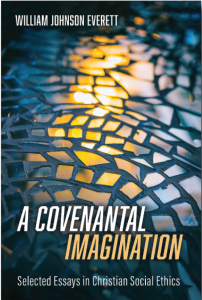
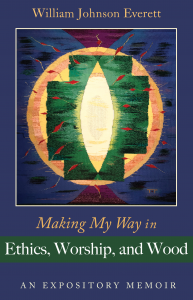
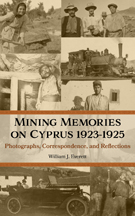

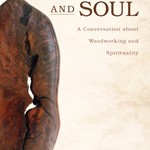
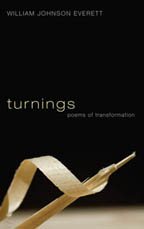
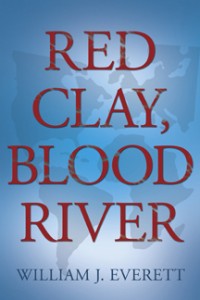 Red Clay, Blood River
Red Clay, Blood River
Delightful. You were having fun. and they were too.